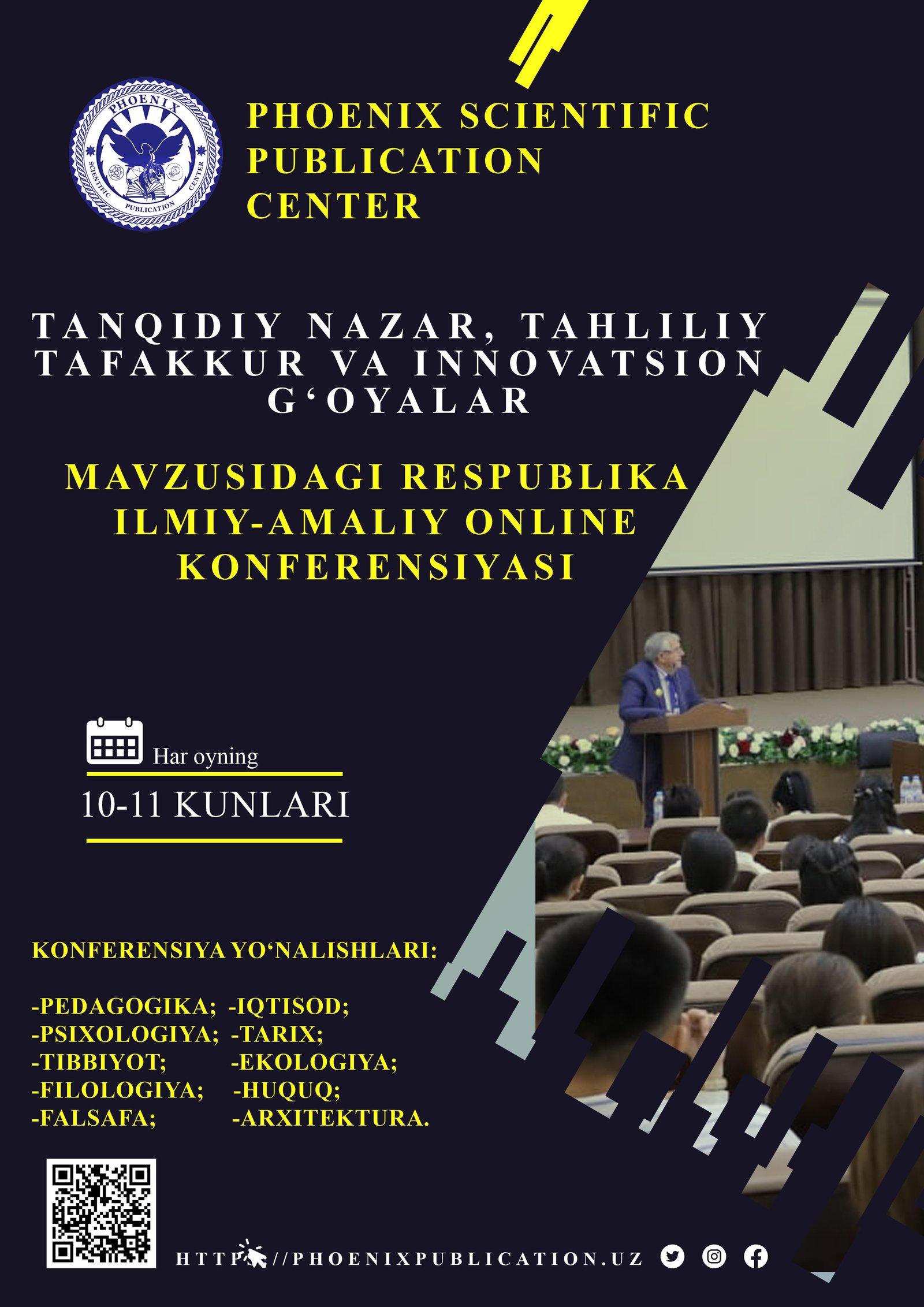Abstract
This article highlights the positive impact of utilizing role-playing activities in elementary classes, emphasizing the importance of fostering creativity and developing social-emotional skills among students.
References
1. Mehrabian, A. (1971). Silent messages: Implicit communication of emotions and attitudes. Wadsworth Publishing Company.
2. Rubin, R. B., & Martin, M. M. (1994). Development of a measure of interpersonal communication competence. Communication Research Reports, 11(1), 33-44.
3. Spitzberg, B. H., & Cupach, W. R. (1984). Interpersonal communication competence. Sage Publications.
4. Tardanico, S. (2012). 6 communication skills that will make you a better leader. Forbes. https://www.forbes.com/sites/work-in-progress/2012/08/14/6-communication-skills-that-will-make-you-a-better-leader/?sh=5072cfe25d6e
5. Rubin, R. B., & Martin, M. M. (1994). Development of a measure of interpersonal communication competence. Communication Research Reports, 11(1), 33-44.
6. Spitzberg, B. H., & Cupach, W. R. (1984). Interpersonal communication competence. Sage Publications.
7. Tardanico, S. (2012). 6 communication skills that will make you a better leader. Forbes. https://www.forbes.com/sites/work-in-progress/2012/08/14/6-communication-skills-that-will-make-you-a-better-leader/?sh=5072cfe25d6e
8. Denham, S. A. (2006). Social-emotional competence as support for school readiness: What is it and how do we assess it? Early Education and Development, 17(1), 57-89.
9. Elias, M. J., Zins, J. E., Weissberg, R. P., Frey, K. S., Greenberg, M. T., Haynes, N. M., ... & Shriver, T. P. (1997). Promoting social and emotional learning: Guidelines for educators. ASCD.
10. Cropley, A. J. (2006). In praise of convergent thinking. Creativity Research Journal, 18(3), 391-404.
11. Dewey, J. (1938). Experience and education. Macmillan.
12. Davis, M. H. (1983). Measuring individual differences in empathy: Evidence for a multidimensional approach. Journal of Personality and Social Psychology, 44(1), 113-126.
13. Hoffman, M. L. (2000). Empathy and moral development: Implications for caring and justice. Cambridge University Press.
14. Johnson, D. W., Johnson, R. T., & Holubec, E. J. (2008). Cooperation in the classroom. Interaction Book Company.
15. Paul, R., & Elder, L. (2006). Critical thinking: The nature of critical and creative thought. Journal of Developmental Education, 30(2), 2-7.
